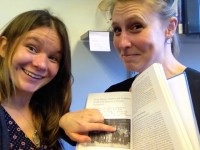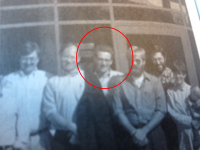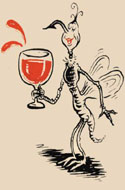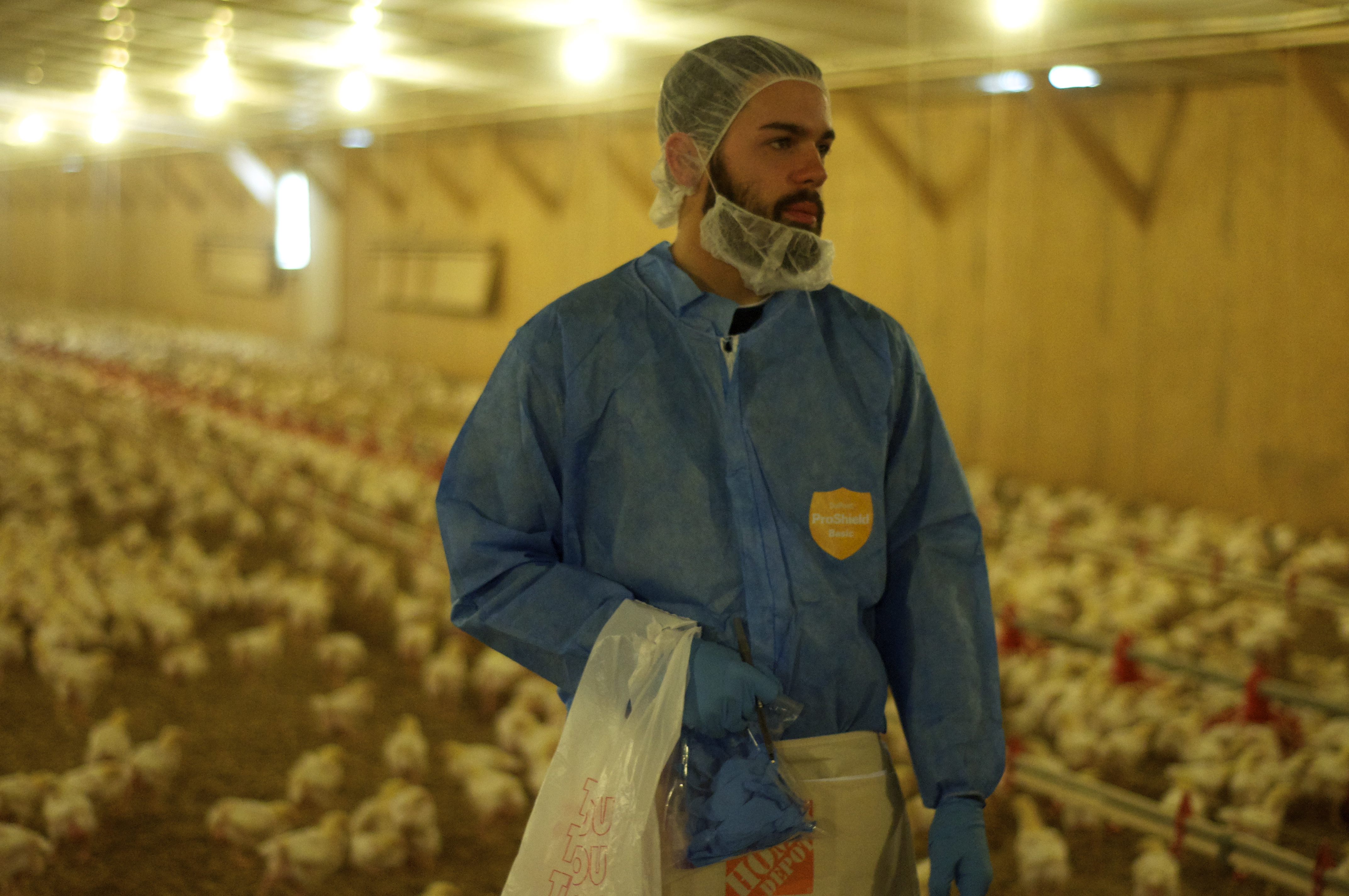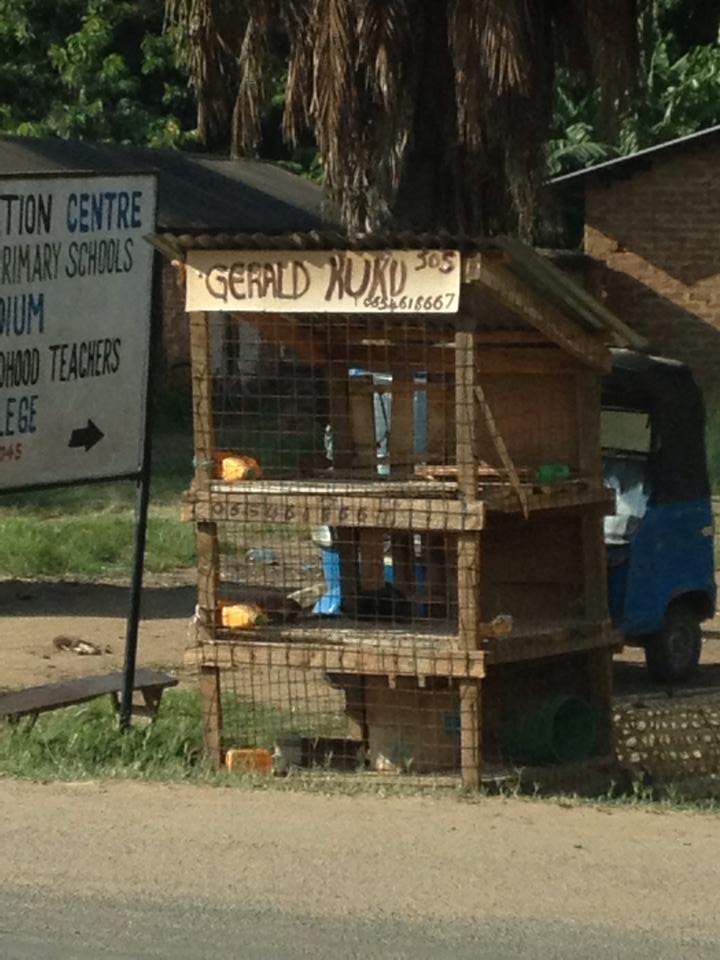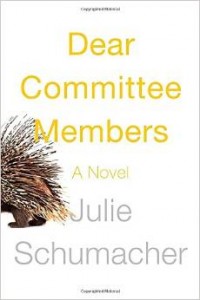(NOTE: the following was written in March 2014, when I lacked the courage to post it 20 weeks pregnant and prior to actually becoming a mom of twins. It is posted here unedited since that point. Look for the “Epilogue” at the end for how things actually turned out).
One of the more frustrating things about being pregnant and a scientist is the lack of reliable data available on the subject. (Well, that plus being extra tired, forgetful, clumsy, and hungry ALL OF THE TIME). Most pregnancy books are useless as far as providing means and standard errors, and instead offer vague and sometimes conflicting advice. When I asked for data at a routine visit, one of my doctors pointed out that randomized control trials with pregnant women are difficult to do. Fair enough. I don’t think I’d volunteer to be a control or in the experimental group for a lot of my questions…
As a scientist, I am able to go on a hunt through the primary literature myself (if I don’t take an omega-3 DHA supplement will my kids be forever stunted? – the literature suggests not), but seriously, who has the time? Plus, it’s not like I have any previous experience being pregnant, and with pregnancy so variable across individuals, there isn’t any good literature on what a “normal” pregnancy entails.
Another academic experienced similar frustrations, and decided to write a book that was published in 2013. Emily Oster answered her questions with summarized data from peer-reviewed articles and nice summaries at the end of each chapter. This was my favorite resource by far (and I felt better reading it because she was even more paranoid than I am about screwing this up).
So, about 20 weeks into this whole pregnancy thing, I’m starting to think about how I’m going to continue to keep up my science career while my husband and I are raising twin newborns. (Actually that was a huge lie just there; I’ve been worried about this since way before I was pregnant, even years before). Again, very little data, and many opinions are out there.
Opinions like Sheryl Sandberg’s are to just “Lean In” and do what you can the whole time you’re pregnant and after, never saying no to additional responsibilities. I read her book over Christmas and felt even more tired after absorbing her Superwoman stance, but I suppose also more motivated. There are lots of opinions on blogs like Tenure She Wrote, and Yes, You Can: Women in Academia. Frankly, all of these books and blogs seem to me like another tax on my uterus. Why should I read this stuff just because I’m career oriented? Men don’t seem to read or write this stuff, and lots of them have families and academic careers. There are endless solutions to this question, which boils down to addressing “how should I live my life”. The main problem with this is the “should” part. Getting rid of the “shoulds” in our lives would make us all happier.
So what’s my plan? Well, I plan to keep doing experiments until it’s too uncomfortable to bend over and aspirate mosquitoes (though I’ve needed help with some of the chemical stuff so I don’t expose my growing babies to technical grade insecticide by accident). I’m planning to continue a little past this with a little help on the aspiration front. I’m sad that now that we finally have the Plasmodium falciparum experiments I’ve waited so long for up and going that my involvement will have to be in collaboration only until after July when the babies are external and it won’t be such a big deal if I need to take some antimalarial drugs if I were exposed (and it would be worse to be infected, turns out NF54 loves to bind to placentas). This last is a personal choice, but I’m not willing to take an exposure risk, no matter how minimal (and it is super minimal since I helped to write the SOPs!). After the babies are external I’ll be a sleepless zombie milk machine, because the data show that breastfeeding does make a difference. This means I’ll be even more hungry even more of the time (bring me food). For once I’m going to just have to not have a definite plan and see how it works out, but we’ll manage. I think that the moral of this story is that there isn’t one solution that fits all, and that we should figure out a way for men to also do the gestating part of having babies.
Epilogue: In July I delivered two healthy boys, and it was necessary for me to take an unpaid leave of absence to be with my new family and recover. Maternity leave (paid) ends at 6 weeks at Penn State, at which point I was sleeping a maximum of 2.5 hours at a time since I chose to breastfeed (newborns require 10-12 feeds/day about every 2 hours), and was therefore up way too much of the night to be a useful, thoughtful, scientist (and not dangerous in the lab)! At 5 months the sleep is better, the feeding schedule down to 6-7 times per day, and the babies are so much fun. I am so glad to have become a mom, and so thankful to have great bosses that have allowed me the time to spend these last few months with my children as they change so much each day, and still have a science position to come back to. I am looking forward to seeing you all again in January!

